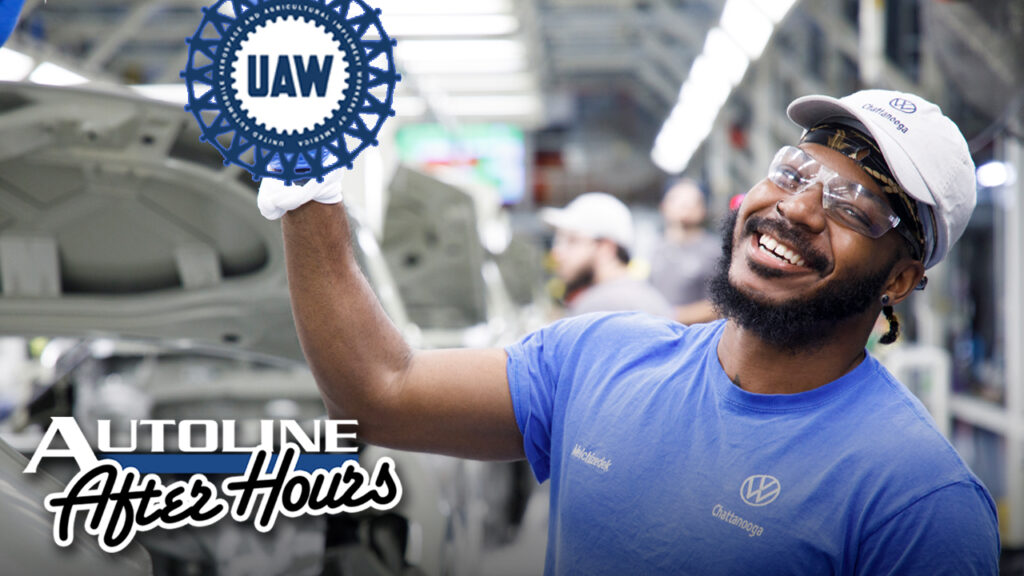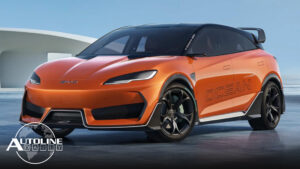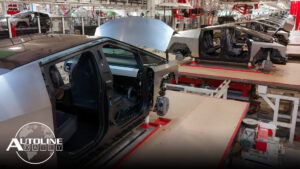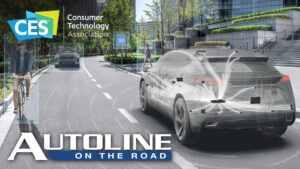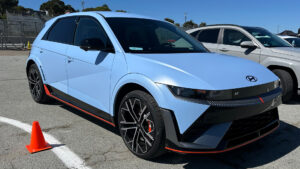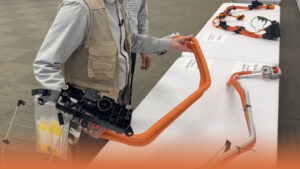AAH #692 – How’d the UAW Do It & What’s Next
LIVE Thursdays at 3 PM ET! TOPIC: – The UAW’s fight to organize the transplants PANEL:…
CONTINUE READING AAH #692 – How’d the UAW Do It & What’s Next
Latest Posts
AAH #692 – How’d the UAW Do It & What’s Next
LIVE Thursdays at 3 PM ET! TOPIC: – The UAW’s fight to organize the transplants PANEL:…
CONTINUE READING AAH #692 – How’d the UAW Do It & What’s Next
AD #3798 – CATL Improves LFP Batteries; BYD Going After Europe’s Hot Hatches?; Hyundai Boosts Production in India
Listen to “AD #3798 – CATL Improves LFP Batteries; BYD Going After Europe's Hot Hatches?; Hyundai Boosts Production…
Technology Developed for Trains is Helping to Make Safer EVs
Schaltbau has nearly 100 years of history developing components for the rail industry, but now it’s applying some…
CONTINUE READING Technology Developed for Trains is Helping to Make Safer EVs
AD #3797 – Tesla’s Stock Up Despite Q1 Earnings Drop; Mercedes Reveals All-Electric G-Class; Subaru Axes Legacy from Lineup
Listen to “AD #3797 – Tesla’s Stock Up Despite Q1 Earnings Drop; Mercedes Reveals All-Electric G-Class; Subaru Axes…
Autoline on the Road
See All PostsThe World’s Fastest Autonomous Race Cars – CES 2024
The Indy Autonomous Challenge is not so much about racing cars as it is a competition to determine…
CONTINUE READING The World’s Fastest Autonomous Race Cars – CES 2024
Magna Aims to Make Mobility Better – CES 2024
As one of the biggest automotive suppliers in the world, Magna makes products that cover a wide range.…
CONTINUE READING Magna Aims to Make Mobility Better – CES 2024
Autoline Daily
See All PostsAD #3798 – CATL Improves LFP Batteries; BYD Going After Europe’s Hot Hatches?; Hyundai Boosts Production in India
Listen to “AD #3798 – CATL Improves LFP Batteries; BYD Going After Europe's Hot Hatches?; Hyundai Boosts Production…
AD #3797 – Tesla’s Stock Up Despite Q1 Earnings Drop; Mercedes Reveals All-Electric G-Class; Subaru Axes Legacy from Lineup
Listen to “AD #3797 – Tesla’s Stock Up Despite Q1 Earnings Drop; Mercedes Reveals All-Electric G-Class; Subaru Axes…
Autoline After Hours
See All PostsAAH #692 – How’d the UAW Do It & What’s Next
LIVE Thursdays at 3 PM ET! TOPIC: – The UAW’s fight to organize the transplants PANEL:…
CONTINUE READING AAH #692 – How’d the UAW Do It & What’s Next
AAH #691 – Why So Many Automakers Struggle To Write Software
Listen to “AAH #691 – Why So Many Automakers Struggle To Write Software” on Spreaker. LIVE…
CONTINUE READING AAH #691 – Why So Many Automakers Struggle To Write Software
Car Reviews
See All PostsThe First Electric Hot Hatch Hits the Market
Hyundai IONIQ 5 N by John McElroy (more…)
CONTINUE READING The First Electric Hot Hatch Hits the Market
Tesla’s Extraordinary Design Evolution – Caresoft Teardown
Tesla never sits still. It’s always innovating. Even when it comes up with an elegant engineering solution, it’s…
CONTINUE READING Tesla’s Extraordinary Design Evolution – Caresoft Teardown
Industry Interviews
See All PostsTechnology Developed for Trains is Helping to Make Safer EVs
Schaltbau has nearly 100 years of history developing components for the rail industry, but now it’s applying some…
CONTINUE READING Technology Developed for Trains is Helping to Make Safer EVs
Hyundai Started Work on Electric N Car Before We Knew We Wanted It – Autoline Exclusives
Hyundai has just launched its first performance electric car, the IONIQ 5 N, but we learned from Joonwoo…




